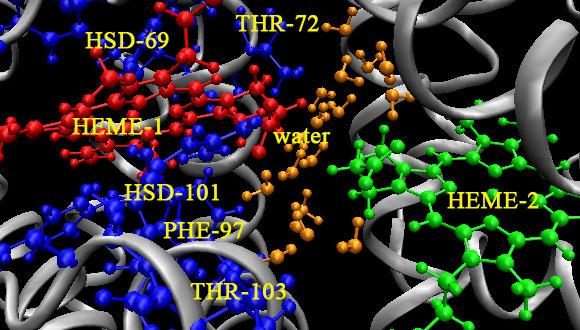Chemical Physics Seminar: New frontiers in membrane biophysics: Unraveling membrane interactions, one vesicle at a time
Dr. Raya Sorkin, Postdoc at TAU School of Chemistry
Abstract:
Membranes compartmentalize living matter into cells and sub-cellular structures. Many life processes involve membrane mechanical deformation and remodeling; few examples are: the uptake of materials via endocytosis and secretion by exocytosis, generation of vesicles, and various membrane fusion events, such as synaptic vesicle fusion. In order to get to the bottom of these fundamental physiological processes, it is thus vital to study membrane mechanical properties and membrane deformation.
The value of characterizing the full population in biology as opposed to the mean ensemble properties is becoming increasingly clear, due to the large diversity and complexity of biological objects. In particular, mechanical single-molecule techniques, such as AFM and optical tweezers, allow the precise measurement of force and energy changes and have been instrumental in the characterization of motor proteins, in studies of protein–DNA interactions and protein folding. In this talk, I will present a unique approach that provides population characterization of mechanical properties of membranes, as well as protein-membrane interactions. Specifically, I will show how we combine a system of optical tweezers dedicated to accurate force measurements with confocal fluorescence microscopy to study membrane remodeling by calcium sensor proteins, which are crucial in neuronal communication. Using this setup, we discovered surprising differences between the action mechanisms of two structurally similar proteins, Doc2b and Synaptotagmin1 (Syt1), as determined by quantifying the strength and probabilities of protein-induced membrane-membrane interactions and lipid and content mixing assays. I will also briefly describe two additional projects, where AFM nanoindentation was used to characterize membrane mechanics and acoustic manipulation was used to probe mechanical properties of cells, as well as discuss future directions.


